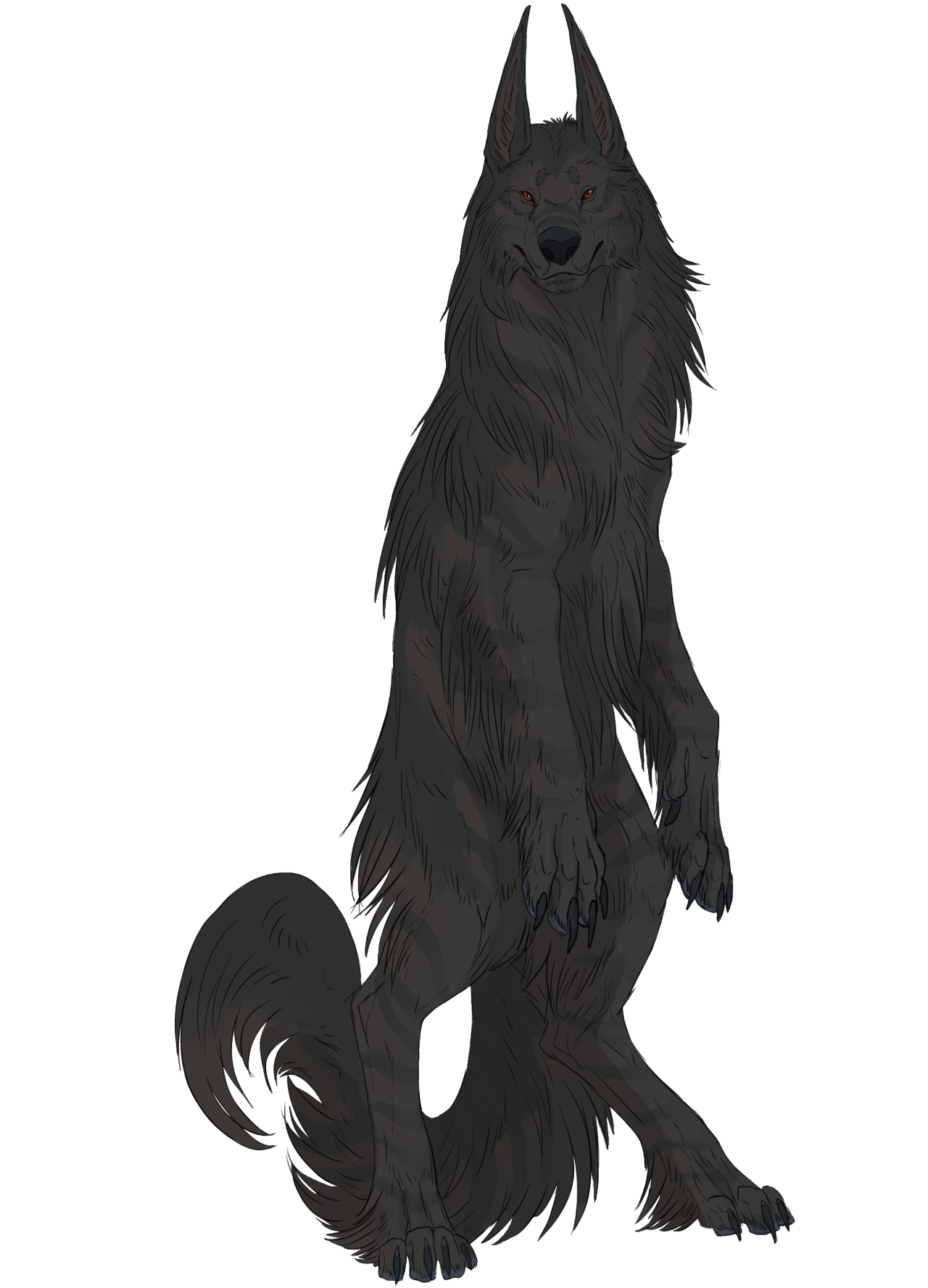Threatening Wolf Genders
- Overview
- Cogmo
- Formol
- Formal
For all of your organizational needs!
Check here to find new pages about threatening wolves!

Cogmol Threatening Wolf, Rainforest Subspecies
They create a wide range of whoops, yips, barks, wows, and screams they dont typically howl like wolves do. instead opt for laughing when hyping themselves up for hunting, play or socialization.
They may not be mammals. Since they actually lay eggs and do not give live birth. often laying a clutch of 9 and incubate them for about 3 months before hatching. Dens can be made in various areas sometimes not made at all if the environment isn’t ideal opting to keep the eggs in a pouch for the entire duration.
More weird quirks, Threatening wolves breathe fire, the strength and intensity / chemical composition depends on the environment and individual traits for breathing fire besides the pouch to create it are not genetic so there is high variability and is a skill thats honed rather than instinctual. Some members of the species may never even know they can breathe fire. Some recorded colors are yellow, white, blue, red, orange, white.
Threatening wolves have spikes on their back that are sheathed in skin for most of the time they living life. In times of extreme stress the spikes will shoot through their skin with enough force to break bone or pierce large animals bodies. These spikes are both a status symbol with larger spikes equating to more desirable while also being a form of self defense. Males have one row over their vertebrae while females have two rows on either side of their spine along with a few on their legs and arms.
Some sub species have unique adaptions.
Red wood forest and Jungle Threatening wolves have large thumbs to aid in climbing, their tails are more dexterous and the species is on the smaller side with a cogmas being 9ft tall. They also developed tails that can create a razor sharp edge they can use for attacking or self defense.
Another example of unique adaptions is desert Threatening wolves who have much larger ears and bone plating to protect from the sun rays, Often they burrow themselves in the sand during the day to help regulate temperature. Their size is quite large and can retain water for very long periods of time. They do not move much.